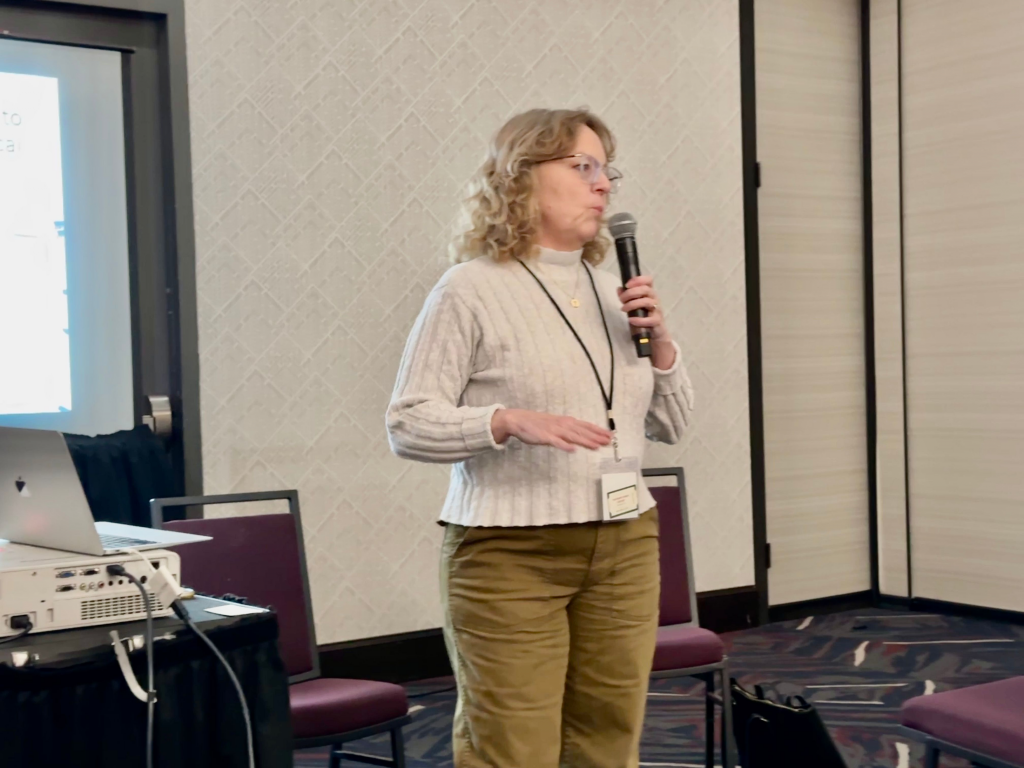
Senior Farm and Ranch Broadcaster Ron Hays recently talked with Elizabeth Heilman, an Ecologist and co-owner of the Regenerative Wisdom Agricultural Consulting Service about how social and emotional factors can play a part in a farmer’s willingness to try out regenerative agriculture.
Farmers are in the most stressful profession in the United States, Heilman said, which means that anyone who experiences high stress is less likely to try something new because it feels threatening.
Because of this, Heilman said many farmers are hesitant to try out regenerative practices on their farms that can help their sustainability and profitability in the long run.
“Right now, there is a study across the state of Oklahoma, and it showed on average that only 18 percent of rain was going into the soil and being used by plants,” Heilman said. “When we think about a drought, we have to ask how much rain is coming down and how much we are using.”
Heilman said understanding farmers’ social and emotional worlds can help encourage them to adopt new practices.
“A lot of farmers live in very tight communities and don’t want to be the outsider and don’t want to do something strange,” Heilman said. “It is really normal for farmers and ranchers that are trying a new practice to feel scared and literally shake when they are drilling their first cover crop.”
For those who are hesitant about trying out new regenerative practices on their farm, Heilman said she recommends trying out new practices on a smaller number of acres or out of the public eye to reduce stress.
“It is important for farmers to work with other people who are in about the same place as they are and maybe get one person to help them out,” Heilman said. “They will have a chance to share what feels scary, try out new ideas, and talk to each other. In rural America, we don’t spend enough time together, so it is really important to get a support network of people you know.”
Heilman also recommended that producers make a plan and a list for their farm and execute it even if they are nervous.
“A lot of times, we avoid doing things that we really should do that are good for our farm just because they are new,” Heilman said. “If everybody knows that new things can be scary, there is a process called ‘eat the frog’ where you do the unpleasant thing first in the day, you do the unpleasant thing first in the week or first in the growing season, and you make a plan of what is important so that you do what is important instead of what is urgent, and you get it done.”
For producers who are considering regenerative and sustainable practices in their operation, Heilman recommends visiting with someone who is already practicing regenerative agriculture and attending an NRCS field day or event.
“These are actually times to start this because you are going to have a lot more moisture in your soil, you don’t have to pay for fertilizers, so your prices are going to be a lot lower, you have more control over your operation when you are making it healthier and healthier,” Heilman said. “That is the idea of regenerative agriculture and rotational grazing is you are making your land healthier and healthier, and you are going to have more success.”
If farmers can get what they need from the soil, Heilman said, their lives will be much easier when times of drought and higher input prices come around. Heilman said the farmer is the most unpredictable element on the farm, so it is important to learn how to make the best decisions on farms and ranches.
“In the long run, it makes us a lot safer,” Heilman said.

















